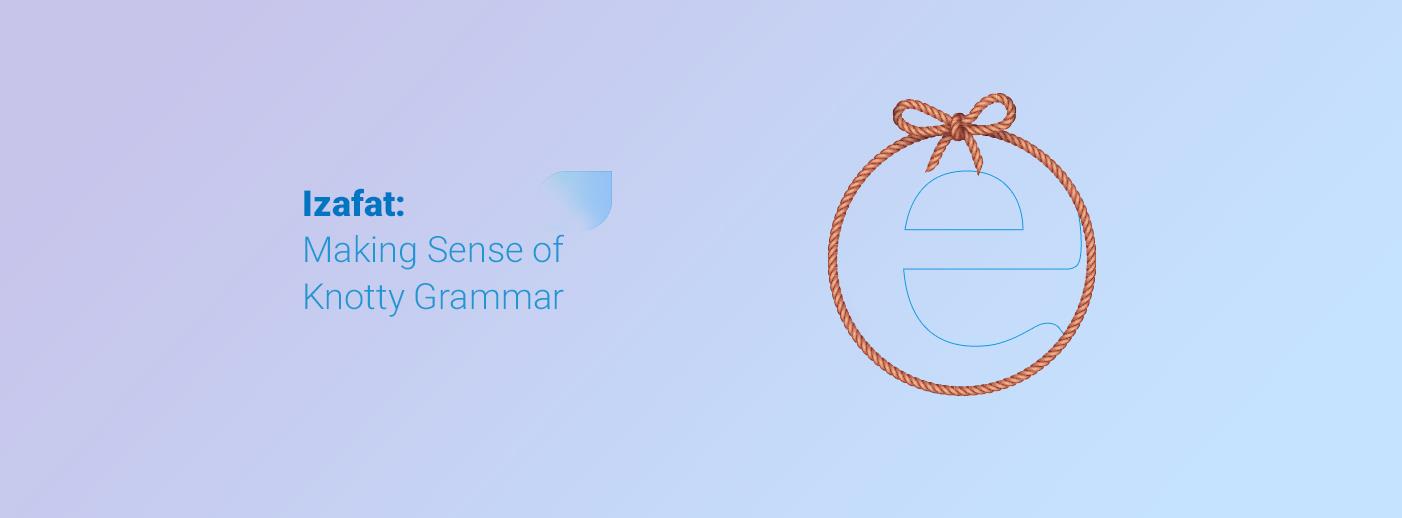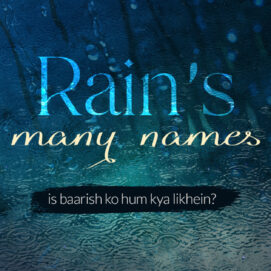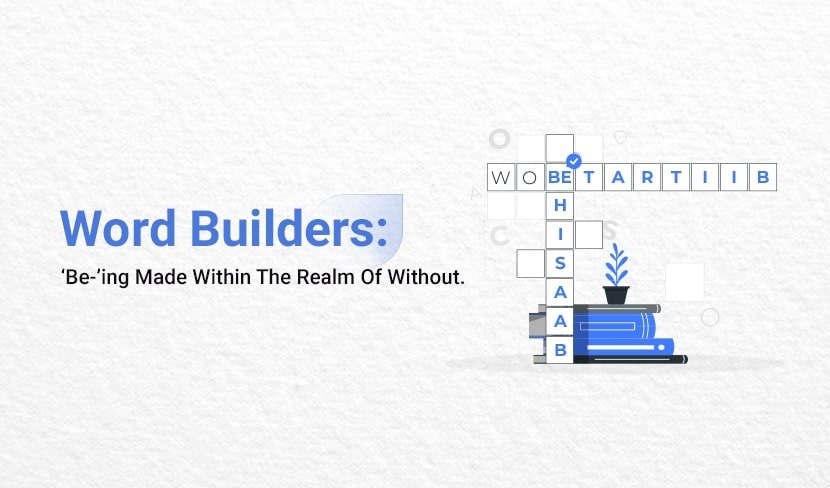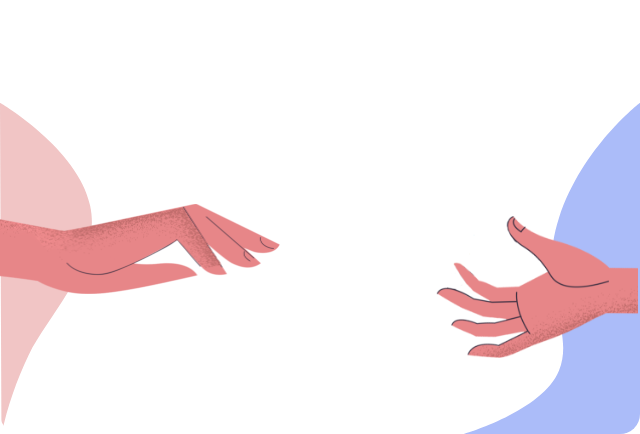Top searched
Saved words
khisyaanii billii khambaa noche
an embarrassed or ashamed person tends to vent his/her feeling by quarrelling
be-niyaaz
without want, free from want, wanting nothing, not in need, able to dispense, independent, carefree
Izafat: Making Sense of Knotty Grammar

Grammar can be aesthetically pleasing.
On that bold claim, I begin to take to one of Urdu grammar’s most charming facets, the Izafat.
From ‘Tah-e-Dil se Shukriya’ to ‘Chashm-e-Bad-Door’, we come across the Izafat several times in our Roz-Marra. But how well do we understand it, and how often do we identify it? Are two questions that need to be objectively answered.
For readers of Urdu literature, Izafat is common knowledge, but revisiting things from a syntactical standpoint can surely help unearth new insights. So, let’s get on with it!
Coming from the Arabic Izafa, literally, Izafat means addition. It closely translates to the Hindi word BaDhotari, as in Gehun ke Qimat mein Izaafat dekhi gayi hai.
One little nuance here is that Izafat alludes to an increase that results due to the addition of different elements, and not necessarily, the same ones. Therefore, Izafat is more about compounding than just adding. And that’s why, Izafat is what we refer to as a compound construction in English grammar, indicating that you can compound a noun with distinct adjectives, nouns, and, in rare cases, even verbs.
Now how do you spot an Izafat? In Romanized Urdu script, you’ll see the -i or -e marking the Izafat. In Urdu, it takes different forms owing to different word endings:
(1) When a word ends with a consonant: it’s marked with the diacritic Zer, suggesting the Chhoti-i sound. For instance, حالِ دل, or, Haal-e-Dil (Condition of the heart).
(2) When a word ends in a vowel like aa, uu, or, ii: It’s marked with a Hamza positioned on the Urdu alphabet Badi Ye. It look like this: نوائے بلند, or, Nawa-e-Buland (loud call).
(3) When a word ends in Chhoti Hey: It’s marked with a Hamza positioned on the Chhoti Hey. And that looks like: تیرۂ شب , or, Teera-e-Shab (darkness of the night).
That’s comprehensively how you’ll see the Izafat laid out in Rasm-ul-Khat. As a side note, most texts might not mark the Izafat at all, and so, it’s eventually left to the reader’s discernment. So, the earlier you start figuring it out the better.
Since we’ve understood what the Izafat looks like, we can move on to exploring how it behaves in the Urdu lang structure, and what purpose it solves. To that end, we’ll leverage the three Izafat examples cited above.
1. Izafat as a Possessive Connector (Haal-e-Dil)
Predominantly, the Izafat stands as a preposition between two or more nouns, functioning like the English of, and the Hindi Kaa. As in Haal-e-Dil (State of the heart), Tah-e-Dil (Bottom of the heart), Naqsh-e-qadam (mark of the foot), and so on. Here, the Izafat maps a possessive relationship between two nouns that help us understand an aspect or quality of one noun by way of the other.
Again, one thing to watch out for here would be the Faqq-e-Izafat, or the loss of Izafat where there is an Izafat but it is neither read nor written, and therefore, never marked either. An example from everyday Urdu is the phrase ‘Talib Ilm’, which is, in principle, Talib-e-Ilm, i.e., seeker of knowledge, or simply, a student. But in common parlance, you’ll never ever hear the Izafat.
2. Izafat as a Descriptive Connector (Nawa-e-Buland)
This utility shows the multivalence of the Izafat. Here one noun is described by way of an adjective, or rarely, a verb. Here, the Izafat is helping the reader to tell apart a characteristic of a noun by accentuating an aspect of it. Examples include, Nawa-e-Buland (Voice that is loud), Vazeer-e-Aazam (the minister that is the foremost), Tasweer-e-Khamosh (Painting that is silent), among others.
There was a time when poets were evaluated on being able to skillfully employ this particular use of the Izafat, as it helped critics and readers gauge their creativity, originality, and freshness of expression. So, if you are an aspiring poet, taking your Wasfi Izafat exploits to the next level should be a priority.
3. Izafat as a Phrasal Verb (Garm-e-Safar)
This is a very limited, yet crucial use of the Izafat. In English we have the verb + preposition phraseology, as in look into, indulge with, engage in, and so on. Here, look, indulge, and engage are verbs that change their function with the preposition that follows them.
But with Izafat in Urdu, this usage comes out in a new form altogether. Take Garm-e-Safar for instance, here Garm means engaged and Safar means journey, while the Izafat takes the form of the English preposition in, translating into Engaged in traveling. If you look closely, neither Garm nor Safar is a verb - they’re both nouns - but with the Izafat in between, the former changes into connoting a verb (engaged). Another similar example is Mubtala-e-Ishq, or afflicted with love.
And that encompasses the entire world of things the Izafat allows you to do!
It’s undoubtedly one of the most instrumental, prismatic, and productive grammatical tools we have in all of language, and the more well-versed a writer is with the nuances around the Izafat, the more enriched his writings can come across as. So keep learning!
Delete 44 saved words?
Do you really want to delete these records? This process cannot be undone





